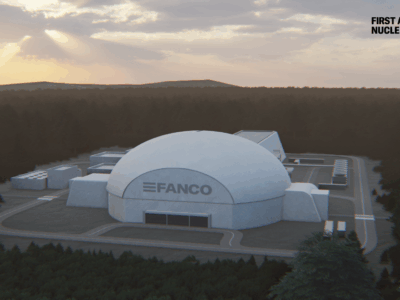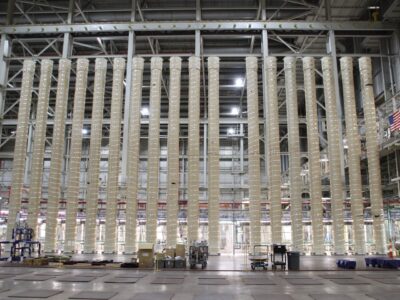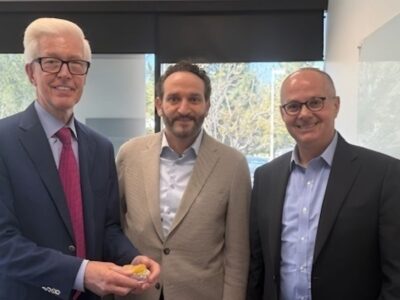The Washington football team, which rebranded as the Commanders in 2022, stands as one of the NFL’s 10 oldest franchises and ranks among the first 10 teams to start a clean energy program, according to a 2013 study.
It built up its environmental programs in the 2000s. During that decade, the Washington Commanders saved 100 million kilowatt hours of energy at FedEx Field. In the 2009 season alone, enough energy was conserved to supply electricity for more than 1,000 households.
On the recycling front, 100 tons of waste was being recycled annually, making the team the biggest recycler in Maryland, where FedEx Field is located. At each game, approximately three tons of plastic was recycled, which equaled around 22 cubic yards of landfill space, and gameday aluminum recycling was enough to power one TV set to play 24 hours a day for more than 55 years.
Paper recycling at the stadium saved more than 450 cubic feet of waste annually from reaching landfills. This amount also kept 13.5 tons of CO2 from the atmosphere and averted more than 550 trees from being chopped down in a year.
FedEx Field’s bathrooms were also stocked with 100% post-consumer recycled paper products, and plates and cups made of environmentally friendly, plant-based materials started being used in the stadium. These achievements were accomplished before the team upped its promotion of recycling to its fans. It added recycling bins inside and outside the stadium during the 2011 season.
It was also in 2011 that the Commanders entered into a game-changing partnership with NRG Energy to launch the “Burgundy and Gold Go Solar” campaign. David Crane, NRG Energy president and chief executive, said the move demonstrated that the team understood “the importance of increasing our national energy security by making full use of our own inexhaustible natural energy resource.”
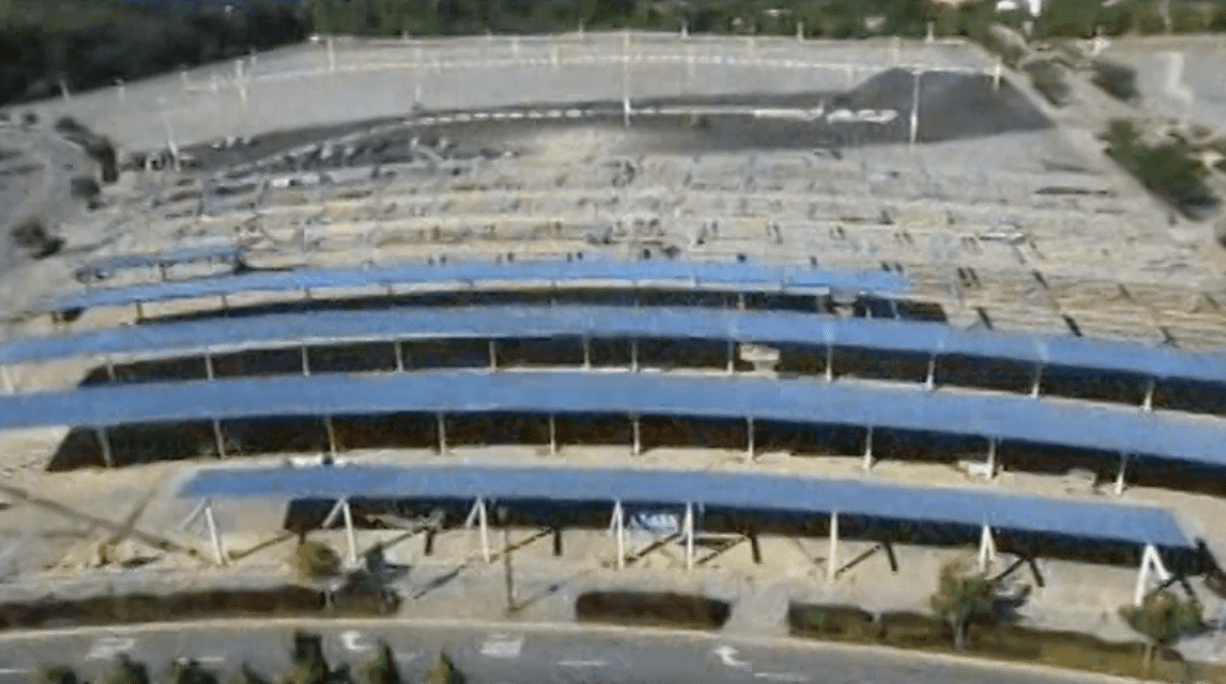
The main undertaking of this project, named after the team’s colors, was installing some 8,000 solar panels around FedEx Field. Nearly 7,700 solar panels wound up covering an 841-space parking structure, and more than 700 additional panels were situated around the stadium and its ramp structure. These panels created the largest solar power installation in the metro Washington, D.C., area.
FedEx Field’s solar panels can generate 2 megawatts of peak power, comparable to the energy needs of 300 houses. The panels can supply all the power the stadium requires on regular days and 20% of game-day power, saving the stadium 20% on utility costs.
While this state-of-the-art installation is impressive, what helps to make it “one of the most famous solar canopies” is a fan favorite that can be found outside the FedEx Field’s entrance — a 30-foot, solar-powered statue of the quarterback known as “Solar Man.” Another environmental feature of the stadium with direct significance to fans was the 10 EV charging stations placed in parking areas.
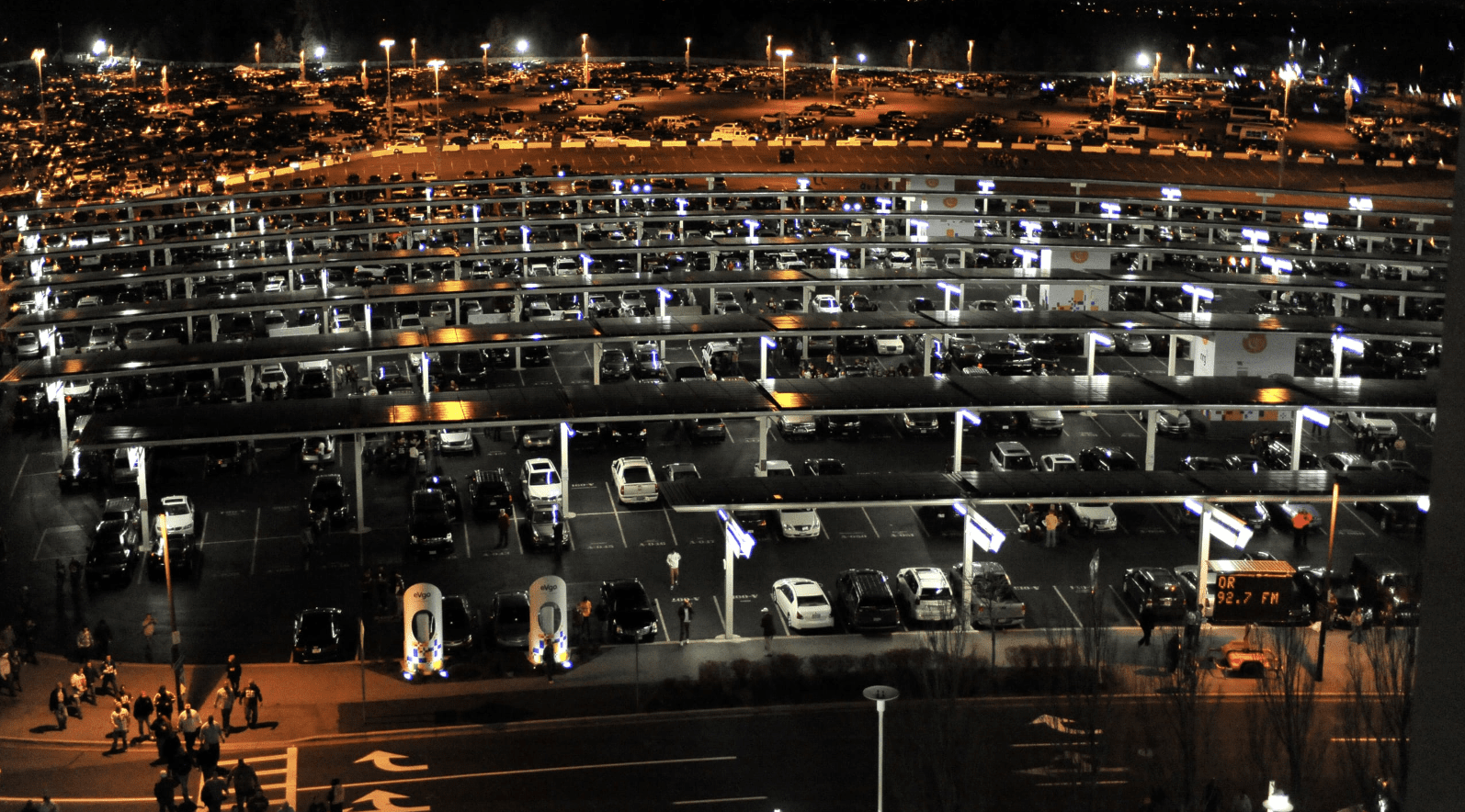
This energy initiative led to the team being honored by its home county with the 2012 Green Business of the Year award. The solar installation also was highlighted when the Commanders got included in the lists for “The Most Eco-Friendly Teams in the NFL” and “The Most Energy Efficient Stadiums in the League.”
The Commanders returned its attention to recycling when it formed a partnership with Recycle Track Systems (RTS) in 2019 to improve the sustainability and recycling practices at FedEx Field.
The ultimate goal is to decrease the number of materials winding up in landfills from the estimated 75 tons of waste and recyclables generated at each home game. Expanding fan engagement is key to this initiative, with plans including community service projects, an educational recycling awareness video, and branding on waste receptacles and in-stadium signage.
The team is “committed to increasing our sustainability and recycling efforts at FedExField and throughout the organization,” explained Chris Bloyer, former senior vice president of operations and guest experience for the Commanders. “Reducing our impact on landfills and working to increase recycling is a natural complement to our current suite of environmentally responsible initiatives. We are proud to partner with RTS in continuing our commitment to reduce our environmental footprint.”

The team’s spirit of sustainability also shined when it shed its long-time name, the Redskins, and faced a large stockpile of suddenly obsolete merchandise. The Commanders got together with the innovative Refried Apparel, who creatively upcycled the old team merch into highly fashionable clothing and accessories. To update the old adage, they spun the team’s useless inventory into gold, or more precisely, “burgundy and gold.”


